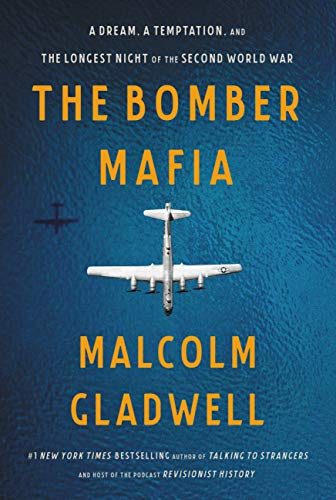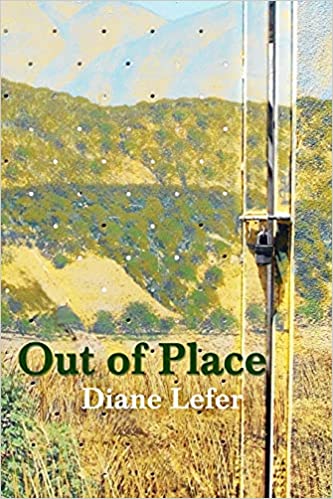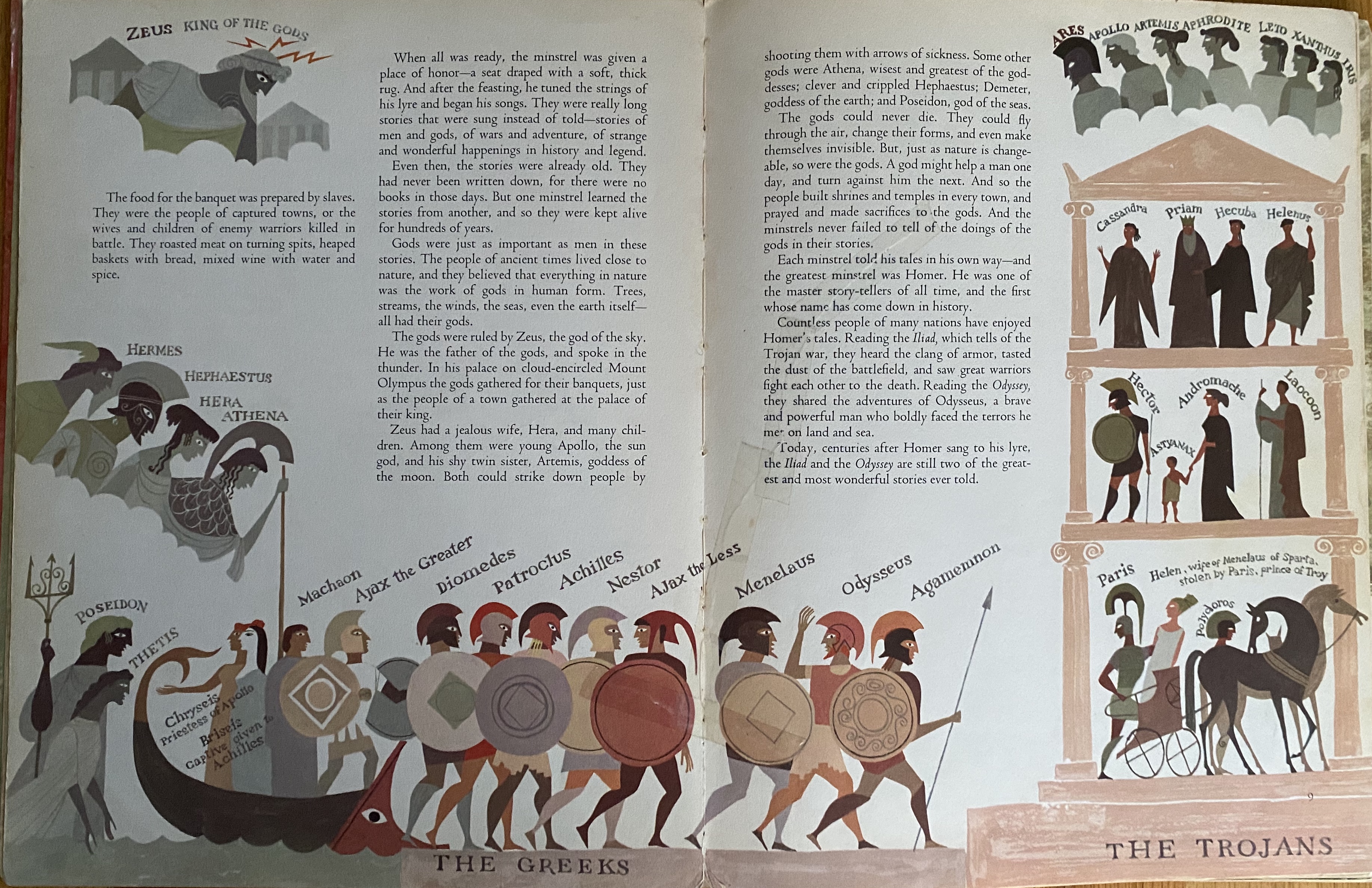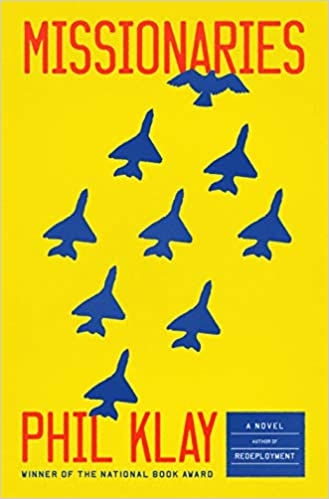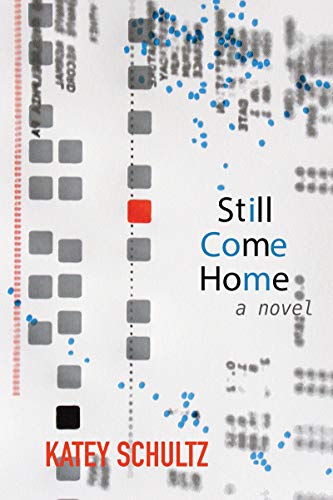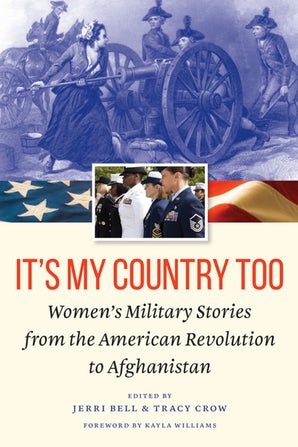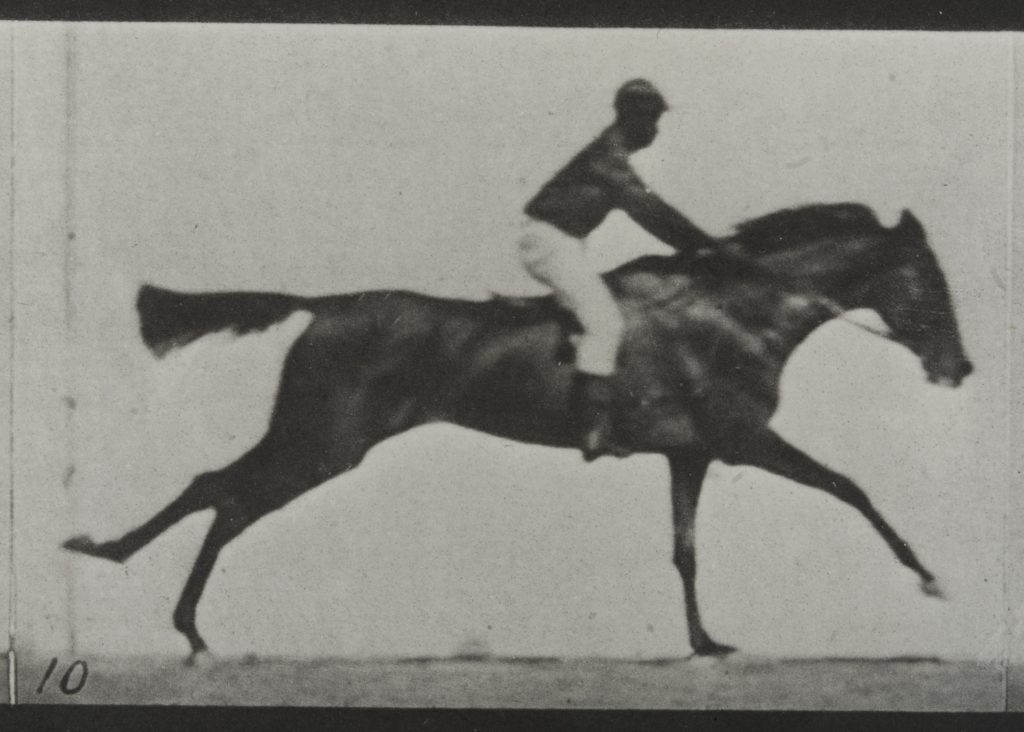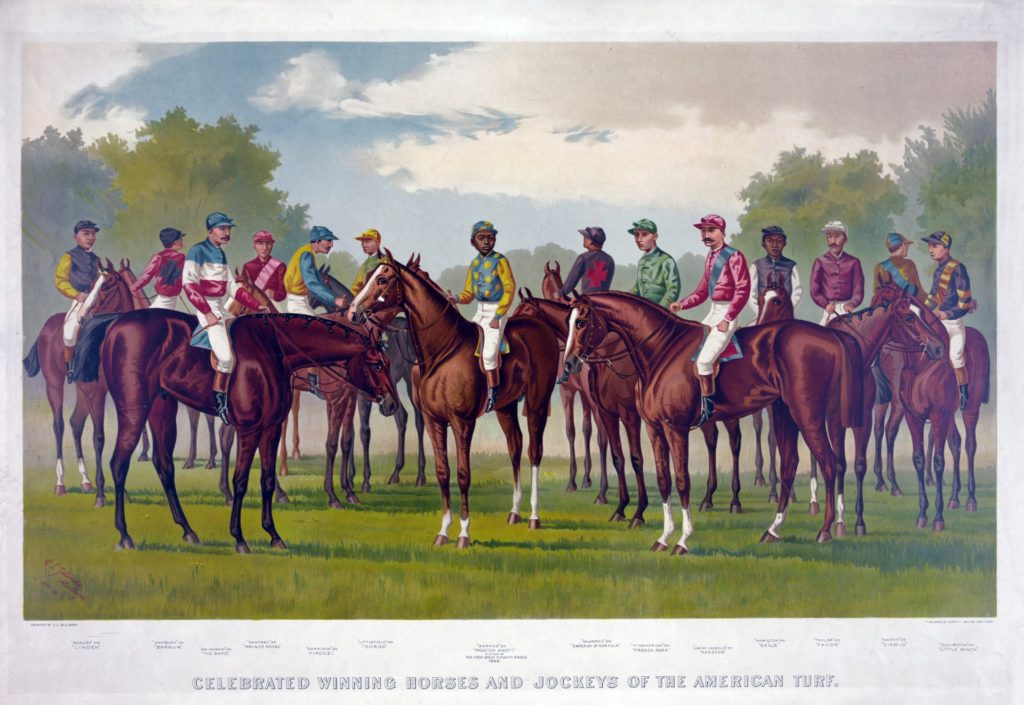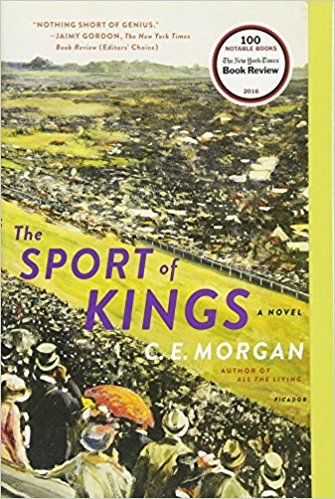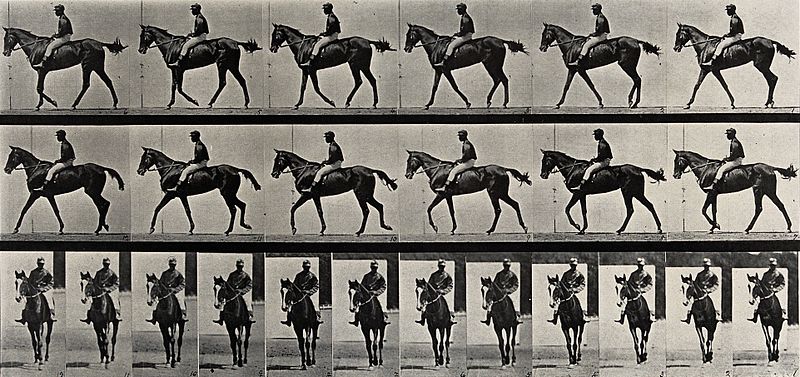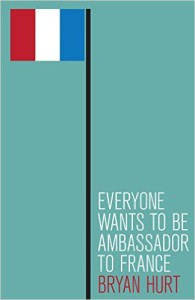New Review from Brian Castner: Malcolm Gladwell’s “The Bomber Mafia”
Why did Malcolm Gladwell write a World War II book? The bombing campaign over Europe and Japan is hardly his typical beat: Cliff-noting TED talks for the MBA crowd. Where’s the investment edge here?
It’s an obvious question that Gladwell addresses in the opening Author’s Note. The Bomber Mafia is not so different than his other books, he says, because it is about “obsessives,” “my kind of people.” The topic is no less than “one of the grandest obsessions of the twentieth century.” Join him, for “I don’t think we get progress or innovation or joy or beauty without obsessives.”
Which I think we can all agree, if nothing else, is a completely bizarre way to open and frame a book about killing millions of people with air strikes.
The Bomber Mafia was my first chance to experience the Gell-Mann Amnesia Effect with Gladwell. You know the phenomenon, if not the name. Michael Crichton described it this way:
“You open the newspaper to an article on some subject you know well. In Murray’s case, physics. In mine, show business. You read the article and see the journalist has absolutely no understanding of either the facts or the issues. Often, the article is so wrong it actually presents the story backward—reversing cause and effect. I call these the “wet streets cause rain” stories. Paper’s full of them. In any case, you read with exasperation or amusement the multiple errors in a story, and then turn the page to national or international affairs, and read as if the rest of the newspaper was somehow more accurate about Palestine than the baloney you just read. You turn the page, and forget what you know.”
Turn the page on Gladwell—the self-proclaimed reviser of history, who helps us see and understand the overlooked and misunderstood—and what do you find? It wasn’t until he wandered into my area of expertise that I appreciated the extent of the shallowness, so to speak.
My first encounter with him was Outliers, which in classic Gladwell fashion promises to explain sociological events with a surprising counter-intuitive twist. Why are rich New York corporate take-over lawyers Jewish? Why are 40% of professional hockey players born in January? (They’re not.) The book stuck with me because I had a young son obsessed with hockey; should he just “give up” because he wasn’t born in the right month?
Gladwell calls Outliers a how-to guide, but always dissatisfyingly so. I can’t change my son’s birthday. And even if you accept his case for why Jewish people from the Garment District born in the 1930s were destined to become highly successful attorneys, he never explains how the individuals themselves did it. Why one poor boy in the tenement and not his friend? Why one hockey player born in January and not another? One gets the sense that the answer may undermine Gladwell’s thesis and so is left out, or, more conspiratorially, is revealing of other Big Ideas that Gladwell has less interest in exposing, such as the false meritocracy.
I am not a sociologist or a sports psychologist, so I can’t tell you the failures in Gladwell’s arguments in Outliers. But as a former Air Force officer, I know a fair bit about the service’s history and culture, and so I was curious what would happen when he took on a subject I knew.
My conclusion is this: Gladwell is right about Air Force pilots being obsessives, but completely wrong about the object of their desire. Which is surprising, because if anyone should be able to understand amoral perfectionists, it’s a wanna-be Tech Bro like Gladwell.
*
Before I go further, a relevant admission: I tried to write a Gladwell book once. Or, more specifically, I had a book proposal that several editors said would be more successful as a Gladwell book. Meaning, crush the narrative inside a big unifying theme that obliterates nuance but provides more reader satisfaction, that simplifies reality into an easily digestible 220-page pill with a plain white cover. “Gladwell on IEDs” or “Gladwell on Modern War.” This was the editorial feedback.
My second book, All the Ways We Kill and Die, was this book. The only vestige of the Gladwellian feedback is the biz-speak ubiquitous white cover. Any airport bookstore patron can tell you that a white cover with a single centered object says this is a book with easily digestible ideas.
But the Big Idea in my book—that my friend Matt Schwartz had died because he was targeted by the Taliban individually, just as the United States fights the “War on Terror” by targeting individuals as well—was really always more about personal pain than an objective critique of American SOF policy. My friends died and lost arms and legs and so instead of writing a revisionist counterfactual I wrote about grief and suffering, which are not really business seminar topics. That Matt’s death was premeditated murder, and not just random violence, was confusing, and more hurtful somehow. Working with the right editor, I eventually found the unifying theme, but never the hubristic clarity. And without an application for corporate America, my Gladwell cover did not have the effect my publisher’s sales department hoped.
Gladwell’s Big Idea in The Bomber Mafia is that in the 1930s and 40s there was a deeply moral initiative by a small group of pilots at the Army Air Corp’s Tactical School in Montgomery, Alabama called the Bomber Mafia. Their secret plan was to “make all that deadly, wasteful, pointless conflict on the ground obsolete” by strategically bombing key pieces of enemy infrastructure, forcing them to surrender. This “dream” is embodied by two men, the flawed true-believer Haywood Hansell, and the hardcore Curtis LeMay who betrays the cause and falls to the “temptation” of winning World War II through the indiscriminate firebombing of Tokyo.
It goes without saying that such a fable ignores plenty, including most of the people in said mafia who worked on the doctrine and were responsible for its conception, implementation, and later revision. For example, Gladwell makes much of the fact that to prove the efficacy of precision air strikes LeMay led an exercise bombing US Navy ships in 1937, while ignoring that Billy Mitchell did the same thing to prove the same point, but sixteen years earlier, in 1921.
But a short book only has room for a few characters, a hero and a villain, plus a few cherry-picked anecdotes disguised as the discovery of something new, the surprise of the “overlooked and misunderstood” papering over the messy reality. The Bomber Mafia’s small pages, large font, and conversational tone are noted in every review, but it bears repeating: this book should appear on creative writing syllabuses at colleges all over, as a cautionary case study in the major differences between writing for the eye and the ear.
The idea that the strategic bombing campaign of World War II in Europe and the Pacific is overlooked is laughable on its face — few campaigns have been discussed at greater length, or in more detail. Presumably Gladwell has written his book because he believes we misunderstand the campaigns, then, and the misunderstanding is the deeply moral nature of the effort.
Reviews at The New Republic and The Baffler have thoroughly discussed the repugnancy of this view. Say what you will about the military necessity of strategic bombing, it should be beyond question that killing millions of civilians as a by-product of that bombing was immoral. Gladwell is not interested in considering how the ends may or may not have justified the means.
Instead of discussing Gladwell’s ethical stance, I’d like to address his central conceit: was the Bomber Mafia motivated by morality? Were their intentions pure? Were pilots and leaders animated first and foremost by a shining ethical ideal while planning and executing one of the most harmful events in absolute terms in the history of warfare?
Here, not only does Gladwell misunderstand how events unfolded, he misunderstands the part that speaks to his supposed greatest strength as a journalist: corporate organizational culture. The Air Force, dominated as it is by pilots, has a distinct culture from the other branches. To Gladwell, the precision daylight bombers are early Silicon Valley pioneers, just trying to make the world a better place through scientific advancement.
Whether Gladwell misjudges all Tech Bros, I cannot say. But at least he misunderstands pilots. Precision daylight bombing is not a moral undertaking. It is an amoral obsession with perfection.
Pilot culture is about never making mistakes while operating in extremely complex situations. When a mistake is made, and a plane crashes, investigators will spend hundreds of pages documenting every error and failure. The goal is absolute perfection at all times.
In All the Ways We Kill and Die, I wrote about this culture, through the eyes of an F-15C pilot named Evil. He explained to me that being a pilot is about tactical thinking.
“First breaking a problem down into its component variables, and then solving the equation repeatedly as each variable changed second by second: …. air speed, heading, altitude, missiles, gun, radio, radar, wind speed, direction, cloud ceiling, the Cons, restricted airspace, wingman’s location, wingman’s heading, target, tactics. Double that number to consider the enemy’s equivalent of each. Computing and computing and computing every second.”
Relentless problem-solving and obsessiveness, according to Evil, permeated everything. “It’s why our wives hate us. We are all competitive, and we all try to make everything perfect,” he told me.
Missing a target with a bomb is not primarily a moral question, to this culture. It is a mistake. It is inefficient. Unprofessional. Flawed. Culturally, precision daylight bombing was an opportunity for pilots to maximize their equations. A greater chance to be perfect.
In the Cold War, the search for the perfect bombing campaign expanded, from a strategic theory to the entire reason for the Air Force’s existence. At its heart, the Air Force’s main goal is to fight and win wars all by itself. Small wars are distractions from this purpose. The Air Force exists to win the Big One, all alone.
Being able to win a war solo is still fundamental to the Air Force identity. It’s why the Air Force became a separate service, why it so jealously guards its budget and chip-on-its-shoulder heritage. On a basic level, the Air Force believes that everything the Army and Navy might do in Big One will be secondary to the main fight. Evil told me once that he trained his whole professional life for the first hour of fighting over Iran and the first 24 hours over Taiwan, in which he needed to be no less than perfect.
In the decades after World War II, the service worked to develop the technology to win the perfect campaign. TV-guided weapons, then laser-guided, then GPS-guided, and now automated weapons that synthesize information and guide themselves. As the Cold War turned hot in Vietnam, the leadership of the Bomber Mafia gave way to the Fighter Mafia, as the best pilots and top leaders followed the action. But as fighter pilots took over key leadership posts in the Air Force, the pursuit of perfect precision remained.
And so the Air Force has never really gotten the war it wanted. In the last 80 years, it has come close twice: Bosnia and Kosovo in the 1990s. All military objectives achieved from the air, no messy boots on the ground during the fighting, only for the boring stabilizing afterwards. Not the Big One, but almost a Perfect One.
In the late 1990s, when I was studying to become an Air Force officer, I read serious articles in academic publications, like Airpower Journal, that predicted the end of ground combat had arrived. Airpower had finally lived up to its potential, specifically when led by the Air Force, which allowed the Navy a few sorties as a goodwill gesture. As late as the Winter 2001 issue, the last pre-9/11 edition, authors were still writing articles with titles like “Airpower versus a Fielded Army: A Construct for Air Operations in the Twenty-First Century,” about strategies for the Air Force to defeat enemy ground forces singlehandedly. There is a certain wistful tone. Yes, the Air Force existed to strategically crush the enemy’s overall will to fight, but they could tactically destroy soldiers too as required. Air Force weapons were so precise, the scalpel so sharp, they could slice off fingers individually as well as carve out the heart, just tell them where to start cutting.
That the enemy would put their hands in their pockets, or hold hands with children, never seems to occur to the grand strategists; this is a perfectionist pursuit, not a moral one.
*
Gladwell provides no primary source evidence that the Bomber Mafia generals themselves saw precision bombing as a moral undertaking. Instead, he provides quotes from two modern historians, Stephen McFarland and Tammi Biddle, as proof of this belief. (There is no bibliography, and according to the notes the book is based on interviews with eleven people.)
And yet the evidence that the Bomber Mafia were obsessed with perfection rather than morality is to be found in the book itself. LeMay, a dyed-in-the-wool member of the mafia, eventually dismisses the strategic bombing plan as nothing but late-night grad school discussion, calling it “trying to find something to win the war the easy way, and there ain’t no such animal.” LeMay was cold-blooded in balancing aircrews lost versus bombs on target. He counts percentages of cities destroyed, as later generals would do body counts in Vietnam and “AFRICOM assesses four terrorists killed” press releases about drone strikes today. When he talks through the details of his tactics, how they kept trying different methods, practicing take-offs in the fog, changing formations so all his pilots flew in straight over the target (even Robert McNamara later called him “brutal” for doing it), Gladwell sees a moral stalwart rather than someone focused on continuous improvement. Later, Gladwell quotes Conrad Crane, the former director of the US Army Military History Institute, who calls LeMay “the Air Force’s ultimate problem solver.” But also, “he was one of those guys that, if you gave him a problem to fix, you didn’t ask a whole lot of questions how he was going to fix it.” Correct, and also hardly someone engaged on an ethical crusade. It is someone doing the best he can with the tools he has.
The American general Ira Eaker, in selling his bombing plan to Churchill, says that if the British bomb at night and the Americans by day then “bombing them thus around the clock will give the devils no rest.” Biddle tells Gladwell that it is “very odd” that Arthur “Bomber” Harris of the Royal Air Force (who bombed at night) and Eaker would become such good friends. But it’s only odd if you think the Bomber Mafia was about signalling virtuous behavior rather than achieving success.
If Gladwell had chosen other quotes by those characters, the case is even stronger. Yes, LeMay is famous for saying he would bomb his enemies back to the Stone Age. But even that same Ira Eaker, briefing President Truman in June 1945, about the upcoming invasion of Japan, said that he agreed with General George C. Marshall that “It is a grim fact that there is not an easy, bloodless way to victory in war.”
The ugly truth is that LeMay was not “tempted” to do a bad thing, in the firebombing of Japan. Neither temptation nor salvation were on the table. Rather, the perfectionist simply saw firebombing as the best amoral option, the best solution to the problem. LeMay isn’t cruel, he’s indifferent. And ultimately, the Air Force continued LeMay’s problem solving mindset to fix, ironically, the process he had derided as “the easy way.” As the technology has gotten better, “the easy way” has remained the goal.
Gladwell writes as if the way history happened is the only way it could ever have been. That any attempt to imagine another historical path is to misunderstand an inevitability that only he can explain. By providing the counter-intuitive “revisionist” version of this history, he aspires to sound doubly convincing. My new explanation is air-tight, he implies confidently. A Calvinist dressed up in a pedantic sociologist’s clothes.
Jewish people in the Garment District were destined to run law firms and LeMay would inevitably fall to temptation. Hansell was too pure to succeed, LeMay too gruff to stay true.
Couching the bombing campaign in terms of a tragic character flaw, rather than a choice, makes Gladwell’s offhand descriptions of the firebombing itself more grotesque. Nothing more than the cast-off by-product of one of his obsessives. It’s jarring and incongruous. Is this truly a moral issue, or just a bad business decision, as he would cover in his other books? Gladwell engages with the actual horror of war as he would a quarterly loss report, and yet even manages to praise the actions in the end. Japan surrendered and gave LeMay a medal in 1964. Maybe it wasn’t lost profit after all? Maybe the firebombing was an investment that paid off.
*
Gladwell ends the book with a chatty roundtable of current Air Force generals at the Chief of Staff’s elegant home on Fort Myer, Virginia. From the quotes provided, the journalist Gladwell was seemingly asking such hard-hitting questions as “Tell me again how great airpower is,” a continuing of his tendency to go to the leaders of organizations to find out what it’s like to be a peon.
After listening to the generals brag about the precision of today’s weapon systems, Gladwell concludes “Curtis LeMay won the battle. Haywood Hansell won the war.”
Which is more than simply confusing and factually incorrect. It also presumes that Hansell didn’t just “win” the ideological battle within the Air Force, but that he was objectively correct as well.
Air strikes are regularly cited as a swiss army knife solution to seemingly every international problem, from Yemen to Afghanistan to Ukraine. Last July, during anti-government protests in Cuba, Miami’s mayor floated the idea of bombing the country.
Which is why it is noteworthy that Gladwell never asks this basic question: what is the evidence that strategic precision bombing works? He cites no cases, either positively from Kosovo or negatively from, well, anywhere else. A la Outliers and the illusions of the meritocracy, this is perhaps not the kind of question Gladwell tends to ask of his obsessives.
So let’s instead ask a similar question on the book’s own terms: what is the evidence that strategic precision bombing is more moral? Or that it simply kills fewer civilians?
Azmat Khan’s reporting in the New York Times has put to bed the lie that the American-touted bombing campaigns spared civilian lives. Rather, officials denied civilian casualties, or failed to investigate, to ignore the true cost. Khan reported that one American official broke down when he realized that though the US had seemingly taken great pains in precision attacks in Raqqa, and the Russians had no such precautions in Aleppo, in the end both Syrian cities were utterly destroyed.
“Eventually I stopped saying that this was the most precise bombing campaign in the history of warfare,” the official said to the New York Times. “So what? It doesn’t matter that this was the most precise bombing campaign and the city looks like this.”
The Russians purposely target hospitals and chicken farms, the Americans accidentally hit them; either way, the results are the same.
And is it not results, measured quarterly, that are most important to Gladwell’s MBA readers?
In many ways, contemporary Russian attacks in Syria and Ukraine are closer to what the American World War II generals actually wanted in their bombing campaigns: both precision and impunity. The ability to target a hospital, hit it precisely, and get away with it. Modern American generals enjoy immunity in other areas. Drones strikes, on average, kill ten times more civilians than attacks by manned aircraft, and yet have a reputation for precision and cleanliness, and thus largely, until recently, get a pass by the general public.
Are precision strikes a moral way to win war? Not yet. Strategic bombing campaigns remain bloody, messy, often ineffective, and still of arguable necessity. This ambiguity is difficult for even experts to handle, and Gladwell’s entire raison d’etre is not to write as an expert but as an amalgamator of expertise. The Bomber Mafia isn’t an honest or earnest look at what experts have written and thought about America’s air campaigns during WWII. In the end, the book’s central flaw resides at the core of Gladwell’s supposed greatest strength. The Gell-Mann Amnesia Effects predicts sociologists and sports psychologists would say the same for his other books.
